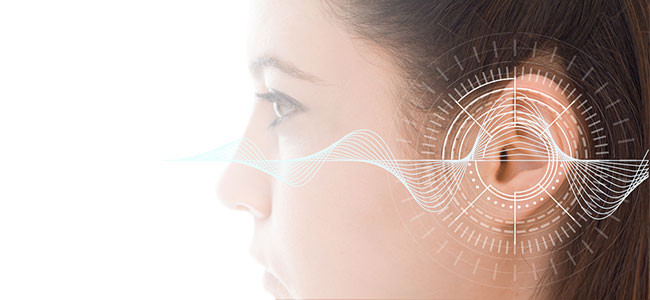
Page 3 of 3
5 Ways to Improve Your Hearing Conservation Program
The last benefit, and maybe most important, is how you can manage your program better.
When performing on-demand testing, test results should flow seamlessly to your data management platform or client portal. This immediate data transfer means you know right away who needs a retest. And using the portable audiometer means you have the easiest way to do those retests.
Additionally, the ease of retesting leads to more accurate logging of recordable events. Why? Since you’ve eliminated the pain point of retests, it’s simple to take the next step of conducting a work-related evaluation if you have a confirmed shift in hearing.
Data around improvements in retesting when testing on-demand shows that when clients use a mobile unit for administering hearing testing, 46 percent of employees with a Standard Threshold Shift (STS) get a retest and 60 percent do a work-related evaluation (WRE) for further evaluation. In comparison, when an employer has access to a tablet-based audiometer for testing (whether in addition to the mobile unit or as a replacement), then 69 percent of employees with STS receive a retest and 73 percent do a work-related evaluation. That marks a 50 percent improvement in retesting and 20 percent improvement in WRE.
This helps employers keep employees safe, improve their hearing conservation program, and accurately log recordables. Technology not only brings improvements, convenience, and cost savings, but also more peace of mind with your program.
This article originally appeared in the November/December 2023 issue of Occupational Health & Safety.
About the Author
Chad Coleman is the marketing manager at Examinetics, a leading provider of workforce health and regulatory compliance solutions. He oversees the planning, development, and execution of the company’s strategic marketing initiatives. He leads the team that communicates the company’s mission and message to the market.